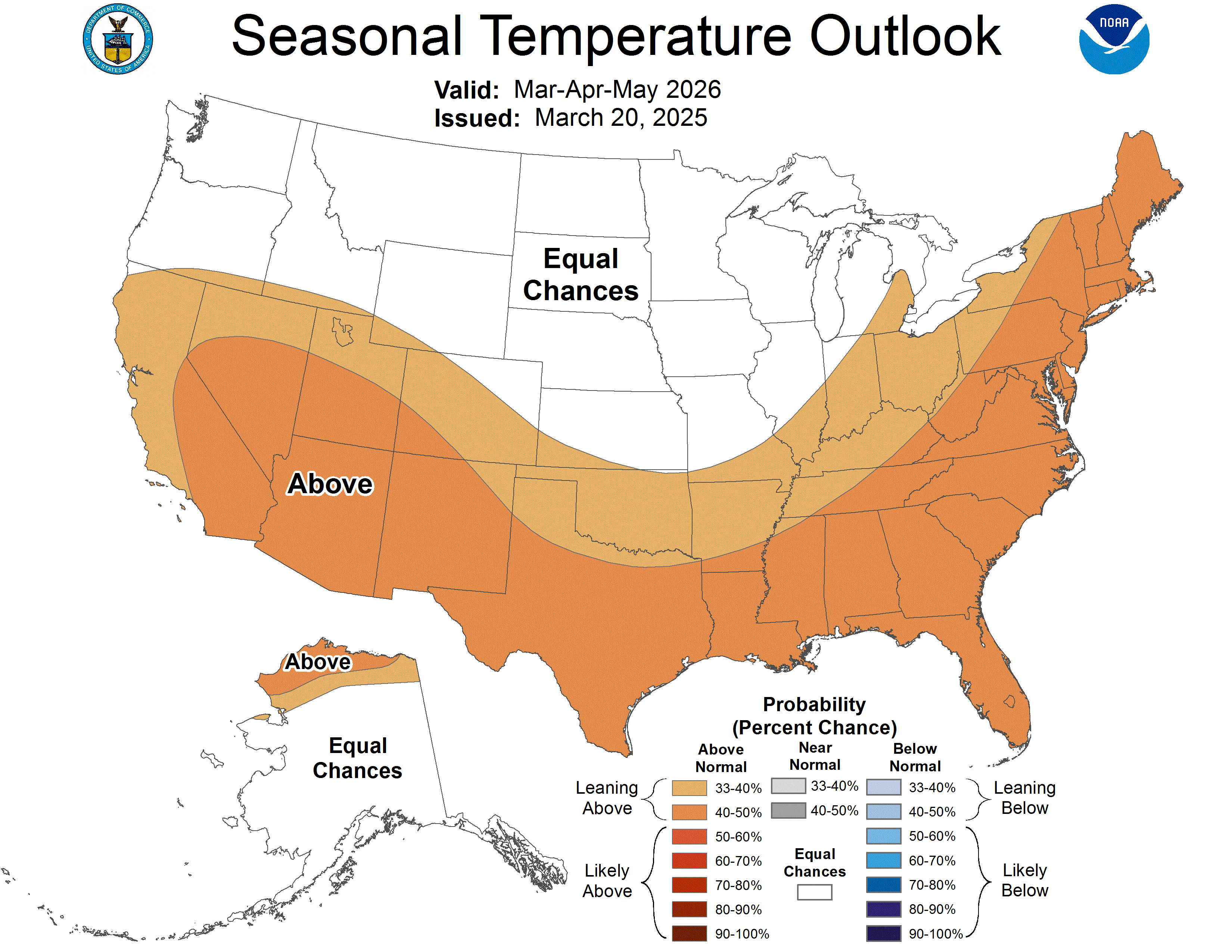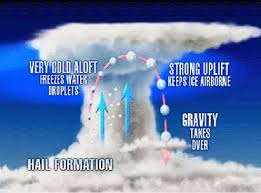
Facilities use water to cool the equipment, and then need to release the water back into the environment. The equipment at power-production facilities produces a lot of waste heat energy as a by-product. These stations are a specific point, typically an airport, and the data listed may not reflect the extreme weather reported nearby through radar estimates, storm spotters and emergency officials of which the media may broadcast.Cooling towers at a power-production facility. It’s important to double check the station name, month, and year listed at the top of the page to ensure you have the correct location and time that you’re looking for. Codes used on this form are explained here: A summary of the month’s weather to date is available at the bottom.

This table, known as the preliminary Local Climatological Data (LCD) or F-6 form, lists the weather summary on a daily basis in each row. Month-to-date data likely will appear on this climate page and is among the most popular. Click the links and use any pull-down menus to navigate to the information you desire. Climate data may be arranged on a daily, monthly and annual basis. The page that follows will feature numerous categories and links.Some links may say: local climate past weather or list a specific segment of the state in which you’re searching. Several links may appear in the Climate section.

On the left side of the page there will be a section called Climate in yellow-colored text.

Preliminary, and therefore unofficial, data for other purposes can be found on the Web sites belonging to one of the nation’s 122 Weather Forecast Offices (WFOs). Ordering instructions are located online at: or by phone at (828) 271-4800. Climate data, including past weather conditions and long-term averages, for specific observing stations around the United States is only a few clicks away.Ĭertified weather data for use in litigation is available only through the National Climatic Data Center in Asheville, N.C.


 0 kommentar(er)
0 kommentar(er)
